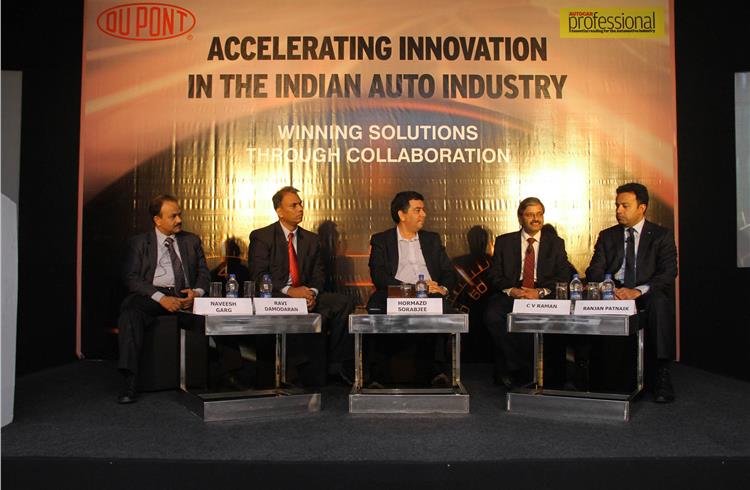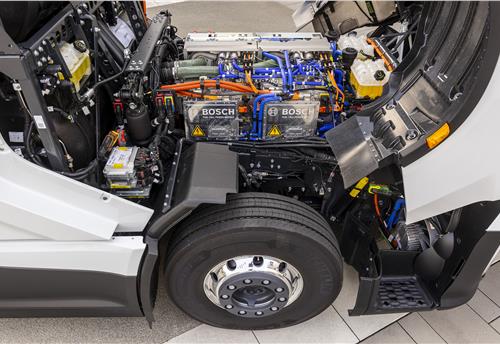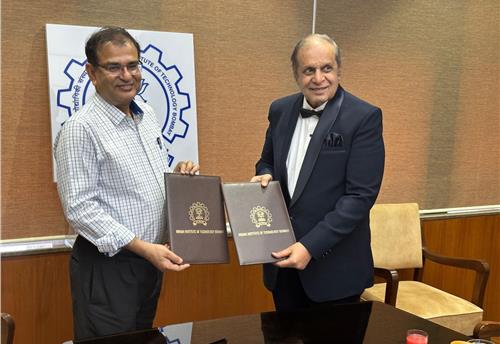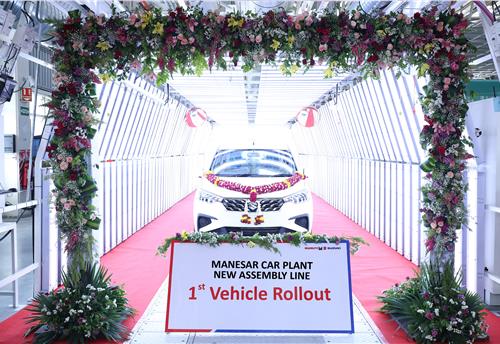Industry experts say innovation calls for close collaboration between suppliers and OEMs
Autocar Professional’s fourth dialogue on the automotive sector, held in collaboration with chemicals major DuPont
Autocar Professional’s fourth dialogue on the automotive sector, held in collaboration with global science company DuPont, on November 26 in New Delhi was well attended with over 120 delegates attending the event.
Moderated by Hormazd Sorabjee, editor of Autocar India, the four eminent panelists discussed ways of ‘Accelerating innovation in the Indian auto industry’.
Sparking off the dialogue with challenges involved in innovating in a cost-effective market to deliver products that are different and yet innovative, Sorabjee cited the example of how carbon fibre was used in the BMW i3 saloon to make it lightweight. The material has now come into mass produced cars. Another example was of the innovative Ford EcoSport that, according to him, opened the compact SUV segment with everyone making a beeline to be there now, with the greatest innovations in recent times being of the automated manual transmission by Maruti Suzuki India. “It has democratised automatics that were considered to be something beyond the means of a mass car buyer. Innovations have to come through partnerships and cannot be done alone and OEMs and suppliers have to get together and come up with solutions,” Sorabjee elaborated.
In the backdrop of the opportunities and challenges from the suppliers and OEMs’ end in terms of innovating and harnessing new technologies in the auto sector, Naveesh Garg, Chief Technology Officer of the UNO Minda Group, said that not only Tier Is and OEMs but Tier 1s and Tier 2s had to be part of the innovation process. “On Minda’s side, OEMs support us and share our risk and that is a big motivation. It helps us in doing well and with Tier 2s’ collaboration, as small companies come out with better and faster ideas, we are able to take new ideas to the OEMs. Most companies have some technology that we can take forward.”
But Ravi Damodaran, president (Technology and Strategy), Varroc Engineering, felt that the supplier base is very fragmented and the challenge posed is of upping the scale for innovation and investments. Since most Tier Is did not have scale, the key was to understand market needs. “The Japanese have been introducing and changing market patterns; they introduced the gearless scooter when we had geared scooters on the road with Indian manufacturers following suit.” So most innovations are at the OEM level with innovations at supplier level driven by OEs, he added.
Sorabjee spoke about how the 'big daddy of the automotive sector' – Maruti Suzuki – brought the automated manual transmission technology (AMT) that existed globally, to India in order to offer cost- effective solutions to the market.
With factors like comfort and convenience, price and fuel efficiency being important aspects for buying a car, CV Raman, executive director (engineering) of Maruti Suzuki India, elaborated on the carmaker’s experiment with AMTs and how automatic transmissions were considered to be less fuel economical than manual transmissions. “We as auto manufacturers have automatic transmissions in our portfolio but its penetration was just 2-3 percent and we conducted an experiment by reducing the price in one of our key AT version vehicles in Bangalore. The price differential was Rs 60,000, so definitely there was a latent need in the market for automatics and we felt there was a need to bridge it. We looked at technologies in the world and Suzuki brought the AMT to India. It was able to deliver the same fuel efficiency as a manual transmission and we were able to make it affordable with the same comfort level as an AT version.” Raman said the AMT option models has seen great demand with large volumes projected for it in the future as well.
In terms of material usage in automobiles, lightweighting plays an integral part and Ranjan Patnaik, Technology Director, South Asia & ASEAN, DuPont, spoke about new materials offering both opportunities and challenges. According to him, the car has become an ecosystem touching many technologies and at the end of the day the material is being converted into different specifications. Innovation in material science involves leveraging it at a competitive cost point for lightweighting and yet not compromising on the quality. Patnaik underlined the importance of having a collaborative approach between material and component suppliers and the need to integrate them with OEMs so as not to lose time in product development.
RELATED ARTICLES
Bosch hydrogen engine tech-powered truck to be on Indian roads this year
The global supplier of technology and services is betting big on both electromobility and hydrogen. While announcing the...
IIT Bombay inaugurates Arun Firodia Research Floor
IIT Bombay, one of India’s top technical and research institutions, honours Kinetic Group chairman Dr Arun Firodia, one ...
Maruti Suzuki expands capacity at Manesar plant by additional 100,000 units
New assembly line at Plant A expands total manufacturing capacity at the Manesar plants to 900,000 units per annum. Alon...





 27 Nov 2014
27 Nov 2014
 3067 Views
3067 Views





 Autocar Pro News Desk
Autocar Pro News Desk




